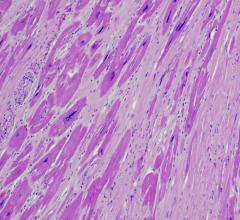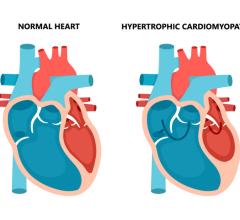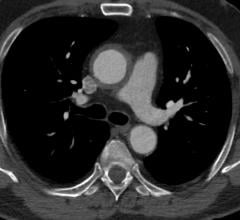October 3, 2008 - A Swedish study shows patients transported with ambulance due to ST-elevation myocardial infarction (STEMI), there was a significant association between early recognition and treatment followed by fast tracking to a coronary care unit (CCU) and long-term survival.
The study appears in the October issue of the International Journal of Cardiology (Volume 129, Issue 3, Pages 325-332). It compared short-term outcomes of STEMI patients who were sent to the emergency department as compared to fast-tracked patients sent directly to a CCU. It found a higher rate of and a more rapid revascularization in patients sent to CCUs.
To describe the short-and long-term outcome among patients with an, assessed and treated by the emergency medical services (EMS) in relation to whether they were fast tracked to (CCU) or admitted via the emergency department (ED).
Patients admitted to the CCU at Sahlgrenska University Hospital in Göteborg, Sweden with ST elevations on admission ECG were analyzed with respect to whether EMS fast tracked them to the CCU or the adjacent coronary angiography laboratory (261 patients) or admitted via the ED (235 patients). Researchers said the two groups were similar with regard to age and previous history, those who were fast tracked to CCU were more frequently than the ED patients diagnosed and treated as STEMI already prior to hospital admission. Reperfusion therapy was more commonly applied in the CCU group compared with the ED group (90 percent vs. 67 percent). The delay times (median) were shorter in the direct CCU group than in the ED group, with a difference of 10 minutes from the onset of symptoms to arrival in hospital and 25 minutes from hospital arrival to the start of reperfusion treatment (primary PCI or in-hospital fibrinolysis).
Patients in the direct CCU group had lower 30-day mortality (7.3 percent vs. 15.3 percent), as well as late mortality (>30 days to five years) (11.6 percent vs. 20.6 percent).
The research was conducted by the Prehospital Research Centre, University Collage of Borås, Borås, Sweden, the Institution of Internal Medicine, department of metabolism and cardiovascular research, Sahlgrenska University Hospital, Göteborg, Sweden, the department of clinical physiology, Sahlgrenska University Hospital, Göteborg, Karolinska Institution, Stockholm, Sweden, and Astra Zeneca R&D, Mölndal, Sweden.
For more information: www.internationaljournalofcardiology.com


 May 17, 2024
May 17, 2024 








